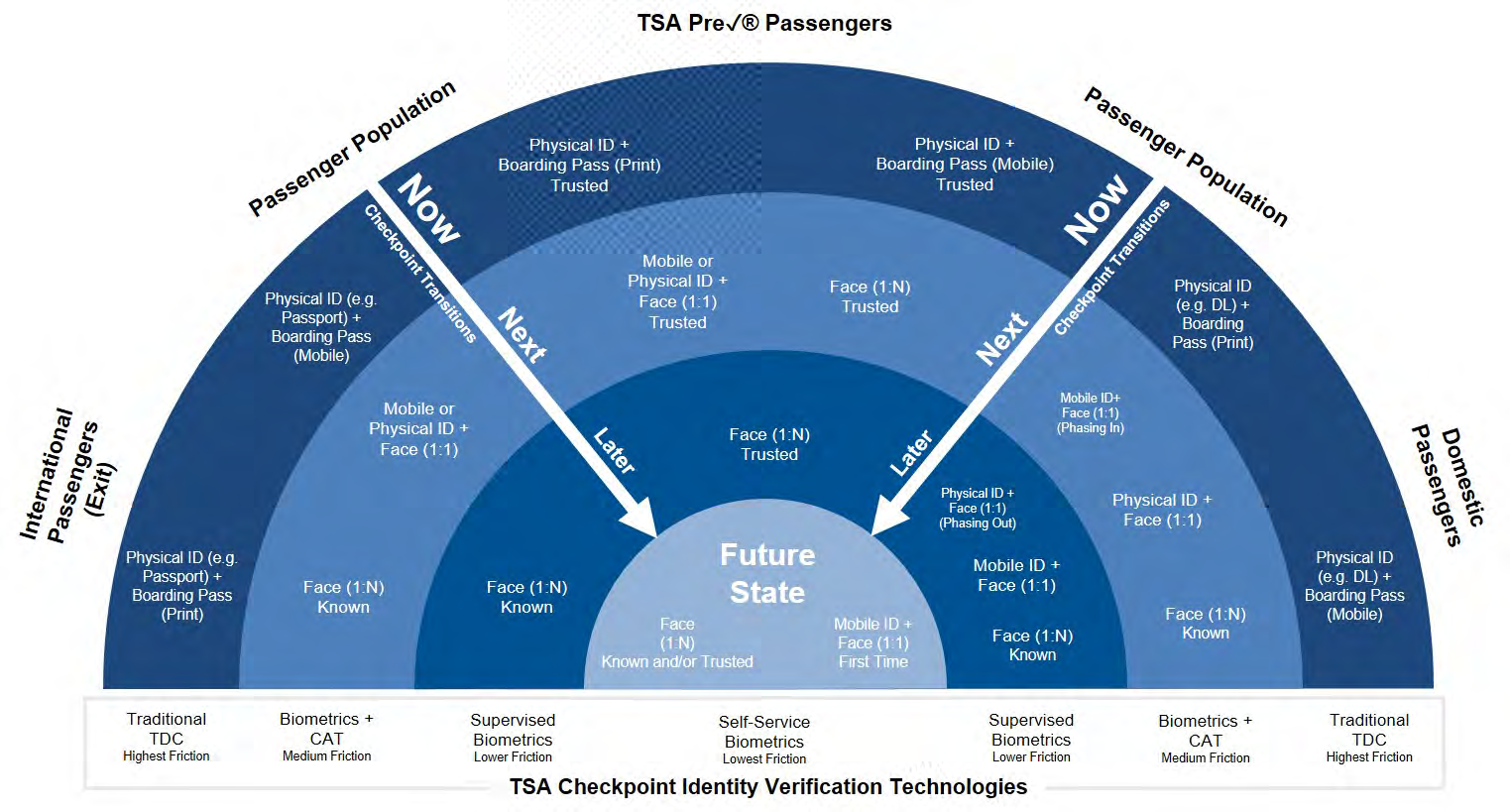Is facial recognition at Sea-Tac Airport a fait accompli?
In December 2019, the elected Port of Seattle Commission voted to develop public policies and criteria for deciding whether to approve use of facial recognition or other biometrics to identify travelers at the Seattle-Tacoma International Airport (SEA) and the Seattle cruise port.
This is a positive step — but only if the Port follows through and enforces appropriate rules.
Since then, an internal working group of Port staff and a Port-appointed Biometrics External Advisory Group have begun work on this policy-development process. Today’s meeting of the Port Commission at noon at the Conference Center at Sea-Tac (on the Mezzanine level above the Arrivals Hall) will include a report on that work to date, including recommendations drafted by Port staff and proposed to the external advisory group.
But in the meantime, Port staff didn’t wait for governing policies to be developed and approved before posting a Request For Proposals (RFP) soliciting bids for new automated facial recognition systems to be deployed by the Port itself at Sea-Tac.
As we note in our comments to the Port Commission for today’s meeting:
We are concerned that:
- The Port has, according to the RFP, already made a “commitment” to U.S. Customs and Border Protection (CBP) to deploy a biometric exit system at all gates of the new International Arrival Facility (IAF) at Sea-Tac;
- The RFP requires bids to be submitted months before the biometrics policies and procedures which bidders will be required to comply with are finalized;
- The Port staff draft of recommendations proposed to the Biometrics External Advisory Group contains material misstatements of law and fact; and
- Neither the RFP nor the draft recommendations include any of the Port, airline, biometrics vendor, or CBP policies or notices (if any such policies exist) which would apply to the collection and use of facial images at biometric exit stations….
Is the Port’s current policy-development process a good-faith effort to determine what, if any, use of public-facing biometrics should be permitted on Port property?
Or is it merely window-dressing for decisions that are already faits accomplis?
As our comments to the Port Commission explain, there is already ample evidence to establish that the current and proposed biometric entry, exit, and departure-gate systems at Sea-Tac do not, and are not likely to, satisfy the principles adopted in December 2019 by the Port of Seattle Commission. We’ll be watching closely to see whether the Port Commission acts on its stated principles, or whether it allows them to be ignored.

